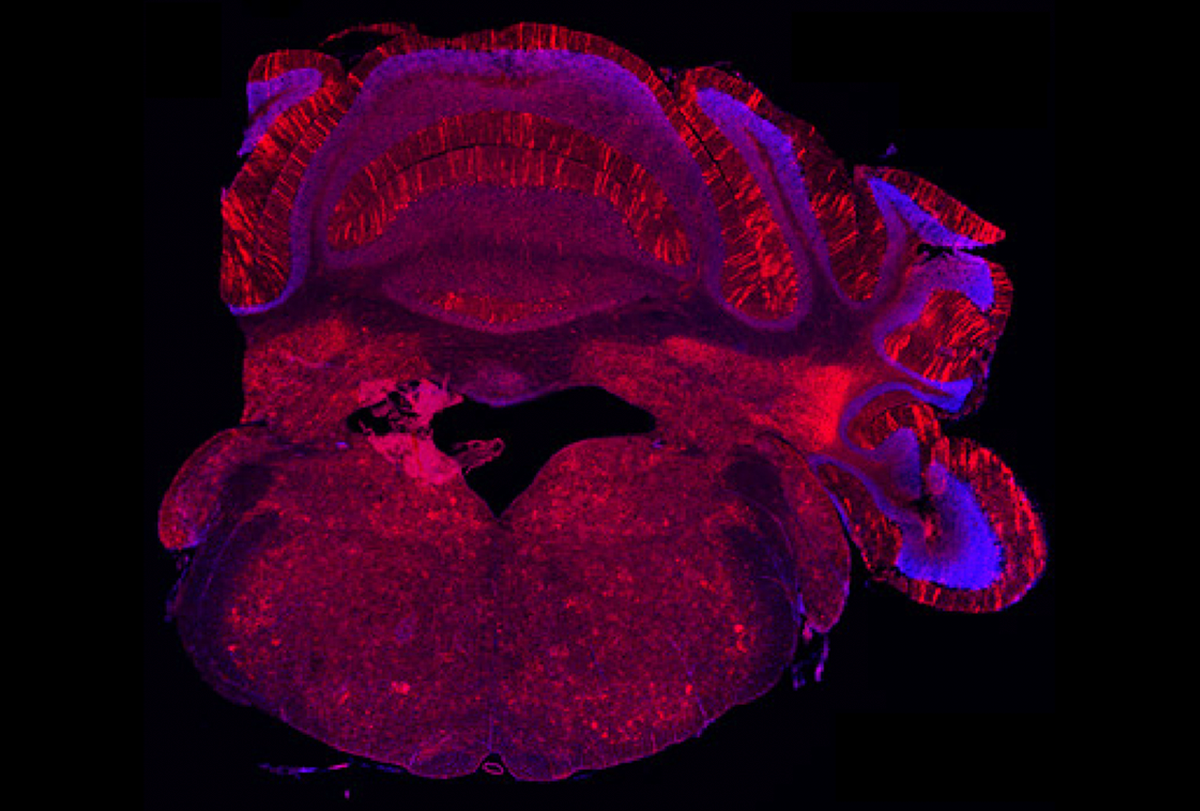- The relationship between camouflaging behavior and mental health problems among autistic people is culturally dependent, according to an international study: linear in the United Kingdom and U-shaped in Japan. Molecular Autism
- Mice engineered to overexpress the EIF4E protein, which facilitates protein synthesis, have altered striatal dopamine neurotransmission and behavioral inflexibility, according to a preprint. Spectrum has previously covered other findings in this mouse model. bioRxiv
- Infants with autistic siblings and who are later diagnosed with autism themselves have altered white-matter development in the arcuate fasciculus, a neuronal tract connecting brain areas related to language. Molecular Psychiatry
- Dysfunction in the autism-linked gene SCN2A interferes with an eye reflex in children and in mice. Spectrum previously reported on the preprint version of this study. Neuron
White matter; early-intervention services; FMR1 gene
Here is a roundup of autism-related news and research spotted around the web for the week of 26 February.
By
Jill Adams
27 February 2024 | 2 min read

Reflex reversal: Counteracting the effects of an SCN2A mutation in the mouse cerebellum helps restore the eye reflex in adolescent mice.
- Half of children evaluated for autism in the United States use federally funded early-intervention services, and Black children are less likely to access services than white children. Autism
- A novel RNA-editing technique, with high activity and minimal off-target effects, appears to remedy gene variants linked to conditions such as Rett syndrome and autism, according to a preprint. bioRxiv
- Rats missing the FMR1 gene show altered glutamate and GABA neurotransmission, as well as hyperactivity and cognitive deficits. Translational Psychiatry
tags:
Explore more from The Transmitter

RNA drug corrects calcium signaling in chimeric model of Timothy syndrome
By
Katie Moisse
24 April 2024 | 5 min read

How to use race and ethnicity data responsibly in neuroscience research
By
Gina Jiménez
24 April 2024 | 6 min read
Cite this article:
